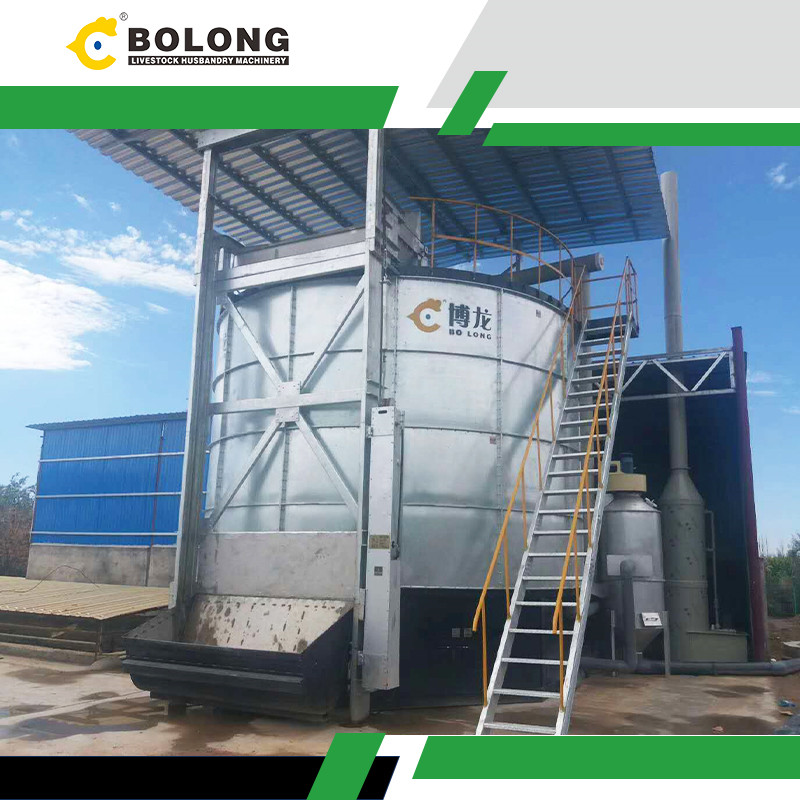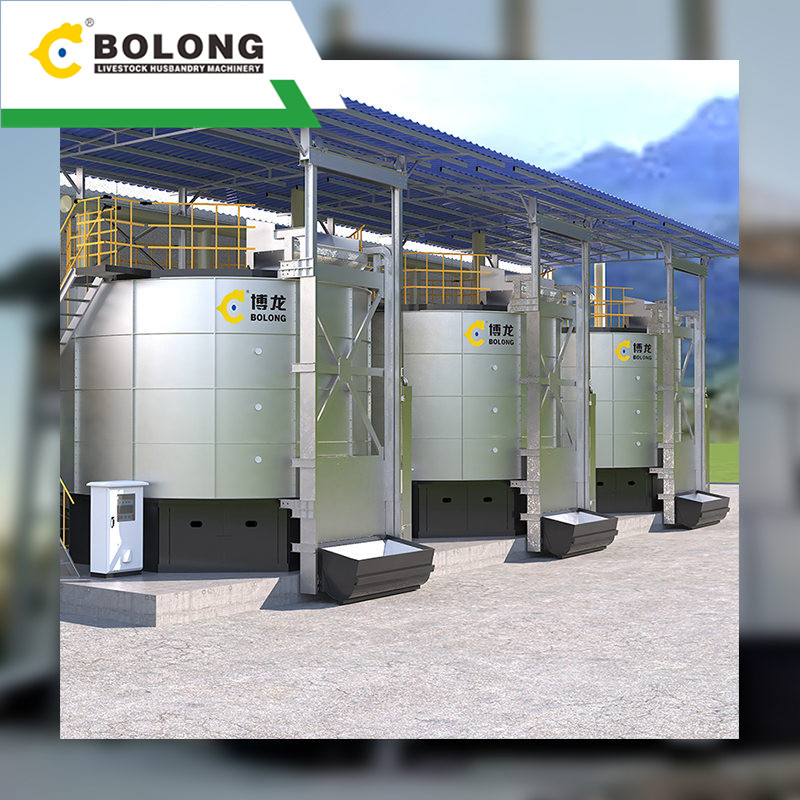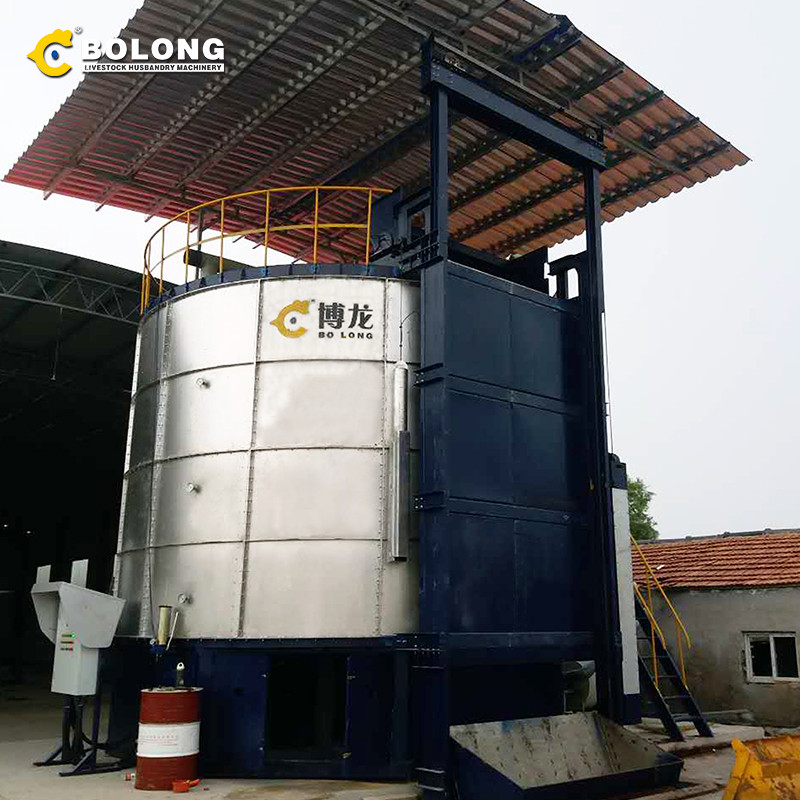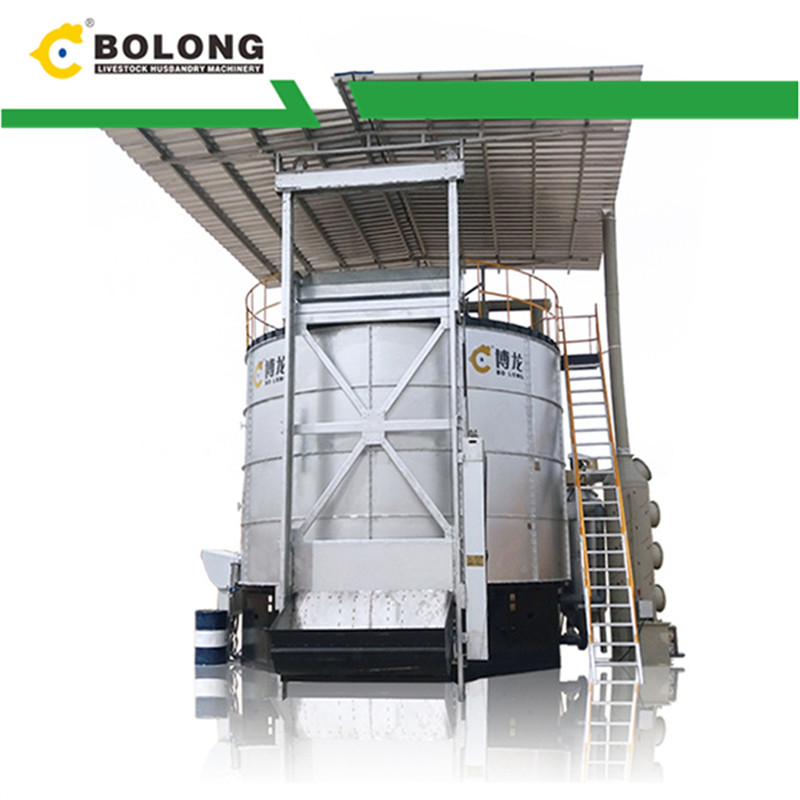2024/3/31/ · With the rapid urbanization in China, there has been a gradual increase in the production of kitchen waste, which poses significant environmental challenges. High-temperature aerobic fermentation is an effective method for recycling kitchen waste. This study focuses on utilizing kitchen waste, wood chips, and compound microbial agents as





